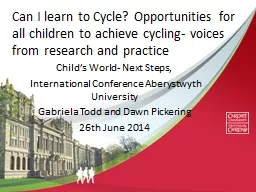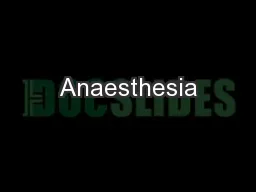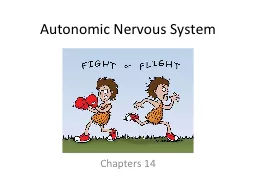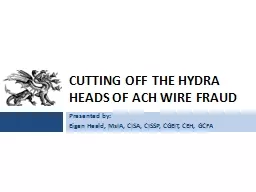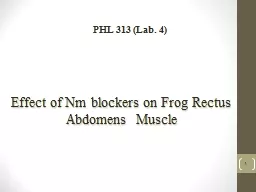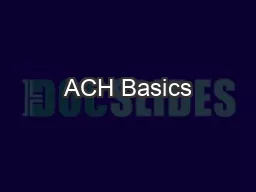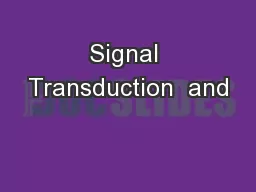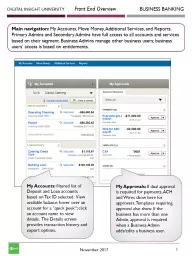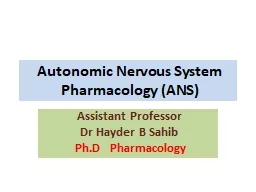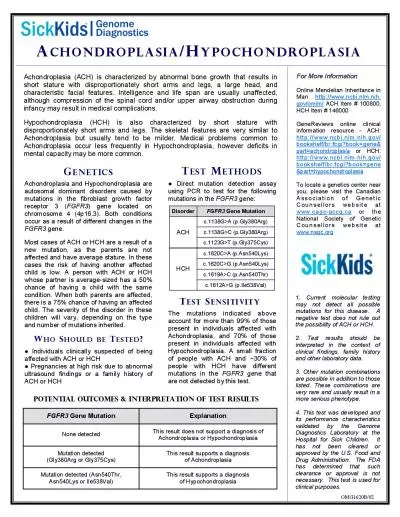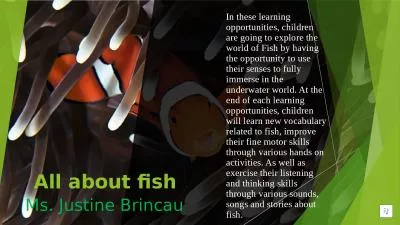PPT-Can I learn to Cycle? Opportunities for all children to ach
Author : min-jolicoeur | Published Date : 2016-06-14
Childs World Next Steps International Conference Aberystwyth University Gabriela Todd and Dawn Pickering 26th June 2014 Objectives Context of practice and research
Presentation Embed Code
Download Presentation
Download Presentation The PPT/PDF document "Can I learn to Cycle? Opportunities for ..." is the property of its rightful owner. Permission is granted to download and print the materials on this website for personal, non-commercial use only, and to display it on your personal computer provided you do not modify the materials and that you retain all copyright notices contained in the materials. By downloading content from our website, you accept the terms of this agreement.
Can I learn to Cycle? Opportunities for all children to ach: Transcript
Download Rules Of Document
"Can I learn to Cycle? Opportunities for all children to ach"The content belongs to its owner. You may download and print it for personal use, without modification, and keep all copyright notices. By downloading, you agree to these terms.
Related Documents

